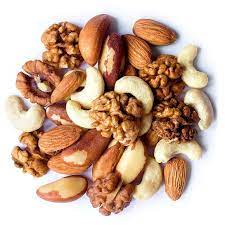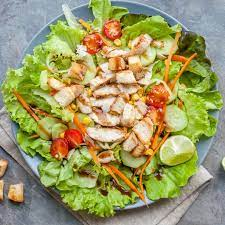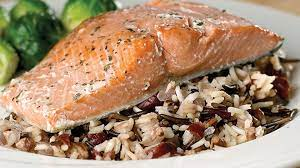Weight Loss Diet Chart:
Breakfast:
- Option 1: Oatmeal topped with fresh berries and a tablespoon of almond butter.
- Option 2: Greek yogurt with sliced fruits and a sprinkle of granola.
- Option 3: Vegetable omelet made with egg whites, spinach, bell peppers, and onions.
Mid-Morning Snack:
- Option 1: A small handful of nuts (almonds, walnuts, or cashews).
- Option 2: A piece of fruit (apple, pear, or orange).
Lunch:
- Option 1: Grilled chicken breast with steamed vegetables and quinoa.
- Option 2: Mixed green salad with lean protein (grilled tofu, turkey, or salmon) and a light vinaigrette dressing.
- Option 3: Lentil soup with a side of whole grain bread.
Afternoon Snack:
- Option 1: Carrot sticks or celery with hummus.
- Option 2: Greek yogurt with a drizzle of honey and a sprinkle of chia seeds.
Dinner:
- Option 1: Baked fish (such as salmon or cod) with roasted vegetables and a side of brown rice.
- Option 2: Grilled lean steak with steamed broccoli and sweet potato wedges.
- Option 3: Vegetable stir-fry with tofu or shrimp, served over quinoa.
Evening Snack (optional):
- Option 1: A small handful of mixed berries.
- Option 2: A low-fat string cheese with cherry tomatoes.
Note: Remember to drink plenty of water throughout the day. You can also incorporate herbal tea or unsweetened beverages as per your preference.
This diet chart is just a sample and can be modified based on your dietary restrictions, preferences, and calorie requirements. Ensure that your meals are well-balanced, include a variety of nutrients, and are portion-controlled. It's always best to consult with a healthcare professional or registered dietitian to customize a diet plan that suits your individual needs and goals.
































Comments
Post a Comment